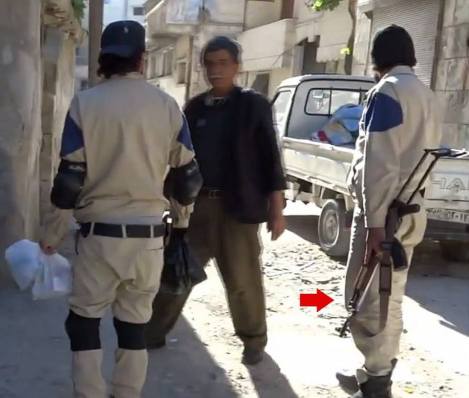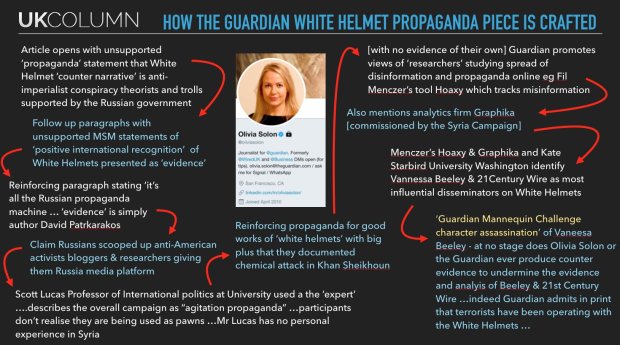WATCH: Vanessa Beeley Exposes the White Helmets
February 7, 2018
“For the past two years, Vanessa Beeley has been doing on-the-ground reporting in Syria exposing the lies of the NATO powers and their terrorist proxies. Her work on the White Helmets in particular has drawn the ire of the warmongers and their media mouthpieces. Today we talk to Beeley about the true nature of the White Helmets and the well-funded PR campaign that seeks to defend them.” [Corbett Report]























































